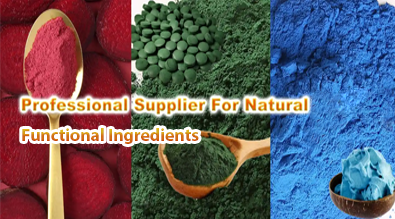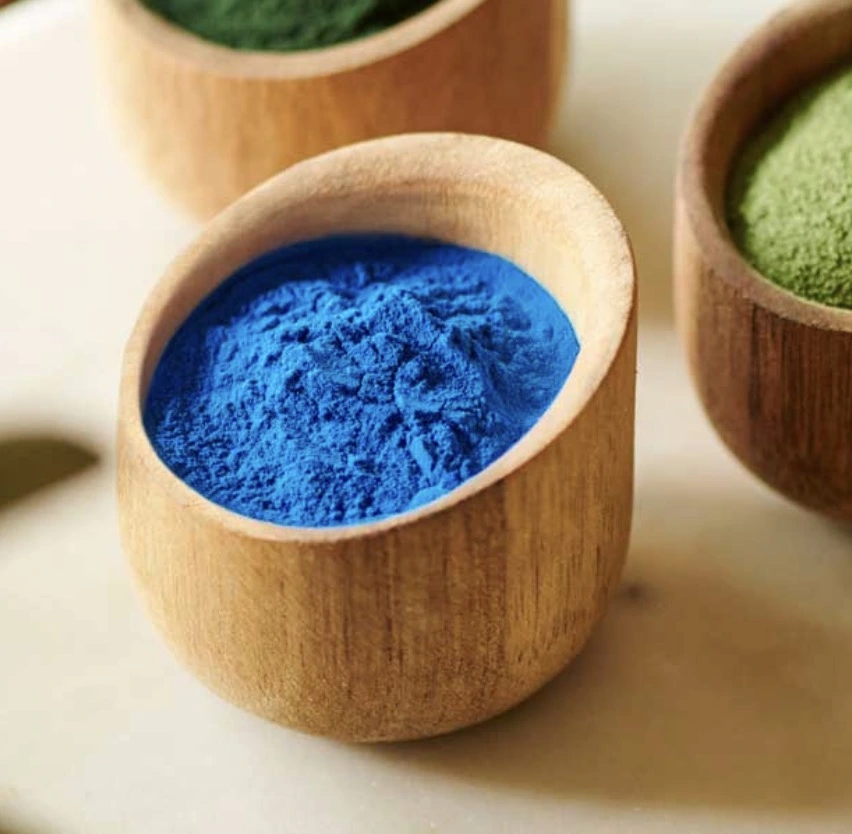Vegetable Carbon E153: Your Go-To for Chemical-Free Food Color
In the world of food production, color plays a crucial role in consumer appeal and product acceptance. As health-conscious consumers increasingly seek natural alternatives to synthetic additives, vegetable carbon E153 has emerged as a popular choice for food coloring. This natural, plant-derived ingredient offers a safe and effective way to achieve rich, dark hues in various food products without relying on artificial chemicals.

Why E153 is the Best Natural Food Coloring Option?
Vegetable carbon E153 stands out as an exceptional natural food coloring option for several reasons:
Intense Color without Chemical Additives
E153 provides a deep, rich black color that can be used to create various shades of gray and darker hues in food products. Unlike synthetic colorants, it achieves this intensity without the use of artificial chemicals, making it an ideal choice for clean-label products.
Versatility in Applications
E153 is versatile and can be used in a variety of food products, from confectionery to beverages. Its stability under different processing conditions makes it ideal for items that experience heating, cooling, or pH changes during production. This ensures its reliability and effectiveness across multiple food applications, maintaining its quality throughout the manufacturing process.
Clean Label Appeal
As consumers increasingly scrutinize ingredient lists, the use of vegetable carbon E153 allows manufacturers to offer products with simpler, more natural-sounding ingredients. This aligns with the growing demand for clean-label foods and beverages.
Sustainability Factor
Derived from plant sources, E153 is a more sustainable option compared to synthetic colorants. This eco-friendly aspect resonates with environmentally conscious consumers and supports brands' sustainability initiatives.

How Vegetable Carbon E153 is Made & Used?
Understanding the production process and applications of vegetable carbon E153 can help appreciate its value in food coloring:
Production Process
Vegetable carbon E153 is produced through the controlled carbonization of plant materials such as coconut shells, wood, or other vegetable matter. This process involves heating the raw materials in the absence of oxygen, resulting in a high-carbon substance. The carbonized material is then finely ground to create a powder suitable for use in food applications.
Purification and Quality Control
After initial production, the vegetable carbon undergoes rigorous purification processes to remove any impurities and ensure it meets food-grade standards. Strict quality control measures are implemented to guarantee consistency in color intensity and purity across batches.
Applications in Food Industry
E153 finds use in various food products, including:
- Confectionery: Used in licorice, gums, and other candies
- Baked goods: Provides color to cookies, crackers, and decorative icings
- Beverages: Used in some soft drinks and alcoholic beverages
- Savory products: Adds color to certain sauces, gravies, and seasonings
- Dairy alternatives: Used in plant-based milk and yogurt products
Dosage and Incorporation
The amount of E153 used in food products varies depending on the desired color intensity and the specific application. It's typically used in small quantities due to its high coloring power. Proper dispersion techniques are essential to achieve uniform coloration in the final product.
Is E153 Safe? Understanding Its Health Benefits
Safety is paramount when it comes to food additives, and vegetable carbon E153 has been extensively studied and evaluated for its use in food products.
Regulatory Approval
E153 has been approved for use in food by various regulatory bodies worldwide, including the European Food Safety Authority (EFSA) and the U.S. Food and Drug Administration (FDA). These approvals are based on comprehensive safety assessments and ongoing monitoring of its use in food products.
Low Risk of Allergic Reactions
As a plant-derived substance, vegetable carbon E153 poses a low risk of allergic reactions compared to some synthetic colorants. This makes it a suitable option for individuals with sensitivities to artificial food additives.
Potential Health Benefits
While primarily used as a colorant, some studies suggest that vegetable carbon may offer certain health benefits:
- Detoxification: Activated charcoal, a form of vegetable carbon, is known for its ability to adsorb toxins in the digestive system.
- Digestive health: Some research indicates that vegetable carbon may help alleviate symptoms of gas and bloating.
- Oral health: Used in some toothpaste formulations, vegetable carbon may contribute to teeth whitening and breath freshening.
Considerations for Consumption
While generally recognized as safe, it's important to note that excessive consumption of vegetable carbon E153 may lead to temporary darkening of stools. As with any food additive, moderation is key, and individuals with specific health concerns should consult with a healthcare professional before consuming products containing E153 regularly.

Conclusion
Vegetable carbon E153 represents a significant advancement in natural food coloring, offering food manufacturers a safe, effective, and versatile option for achieving rich, dark colors in their products. Its plant-based origin, coupled with its intense coloring power and potential health benefits, makes it an attractive choice for consumers seeking cleaner, more natural food options.
As the food industry continues to evolve towards more sustainable and health-conscious practices, ingredients like vegetable carbon E153 are likely to play an increasingly important role. By choosing E153 as a coloring agent, manufacturers can meet consumer demands for natural ingredients while maintaining the visual appeal of their products.
For more information about vegetable carbon E153 and other natural plant extracts for food and beverage applications, please contact us at info@yanggebiotech.com. Our team of experts is ready to help you find the perfect natural coloring solutions for your products.
References
1. European Food Safety Authority. (2020). "Re-evaluation of vegetable carbon (E 153) as a food additive." EFSA Journal, 18(3), 6085.
2. Gokmen, V., & Senyuva, H. Z. (2018). "Natural food colorants: Sources and applications." In Food Colorants: Chemical and Functional Properties (pp. 127-158). CRC Press.
3. Martins, N., Roriz, C. L., Morales, P., Barros, L., & Ferreira, I. C. (2019). "Food colorants: Challenges, opportunities and current desires of agro-industries to ensure consumer expectations and regulatory practices." Trends in Food Science & Technology, 86, 71-88.
4. Sigurdson, G. T., Tang, P., & Giusti, M. M. (2017). "Natural colorants: Food colorants from natural sources." Annual Review of Food Science and Technology, 8, 261-280.
5. Wrolstad, R. E., & Culver, C. A. (2012). "Alternatives to those artificial FD&C food colorants." Annual Review of Food Science and Technology, 3, 59-77.

Based on your location and order quantity, you will have the opportunity to receive a limited time free shipping promotion!

Who we are


